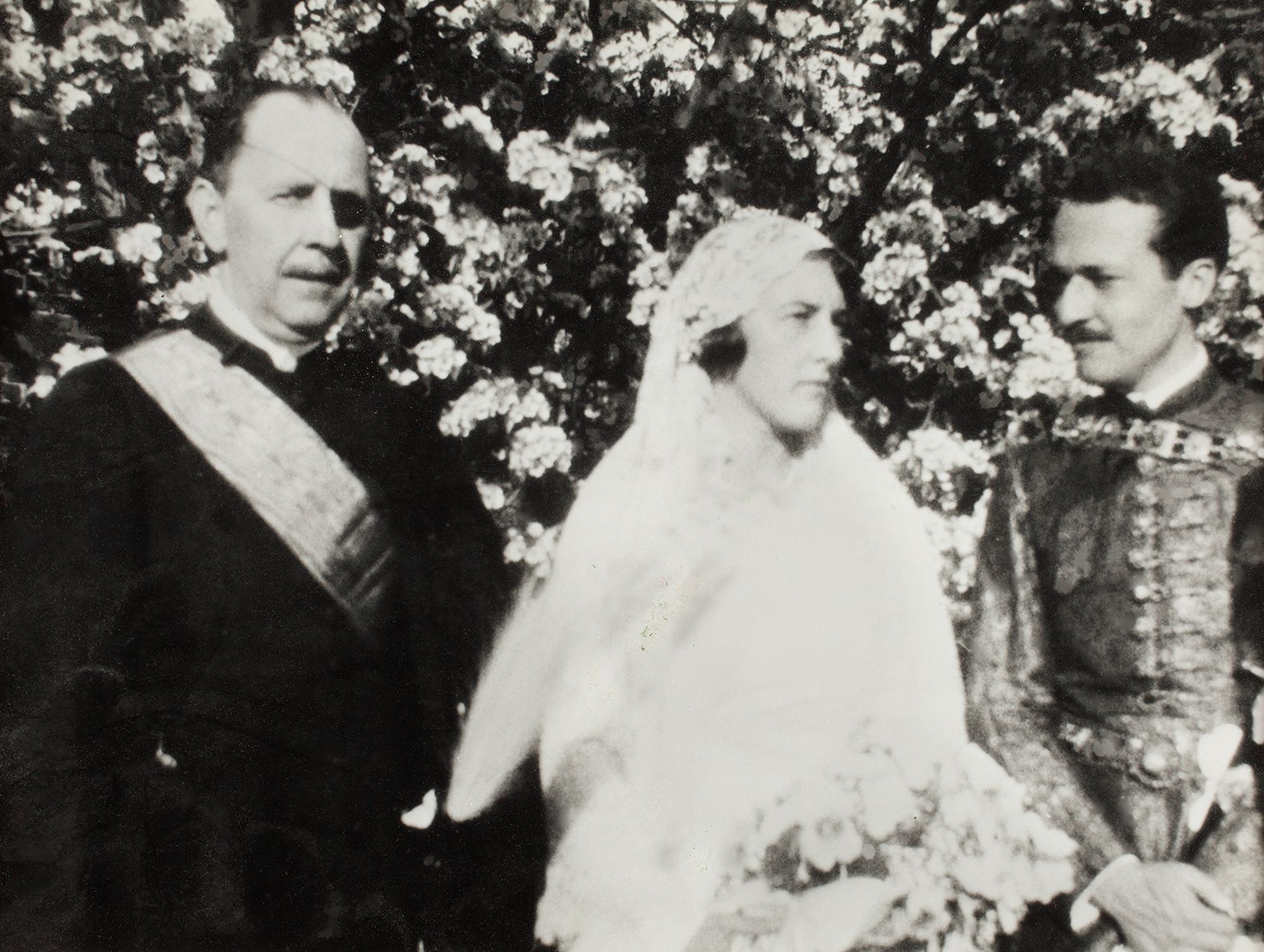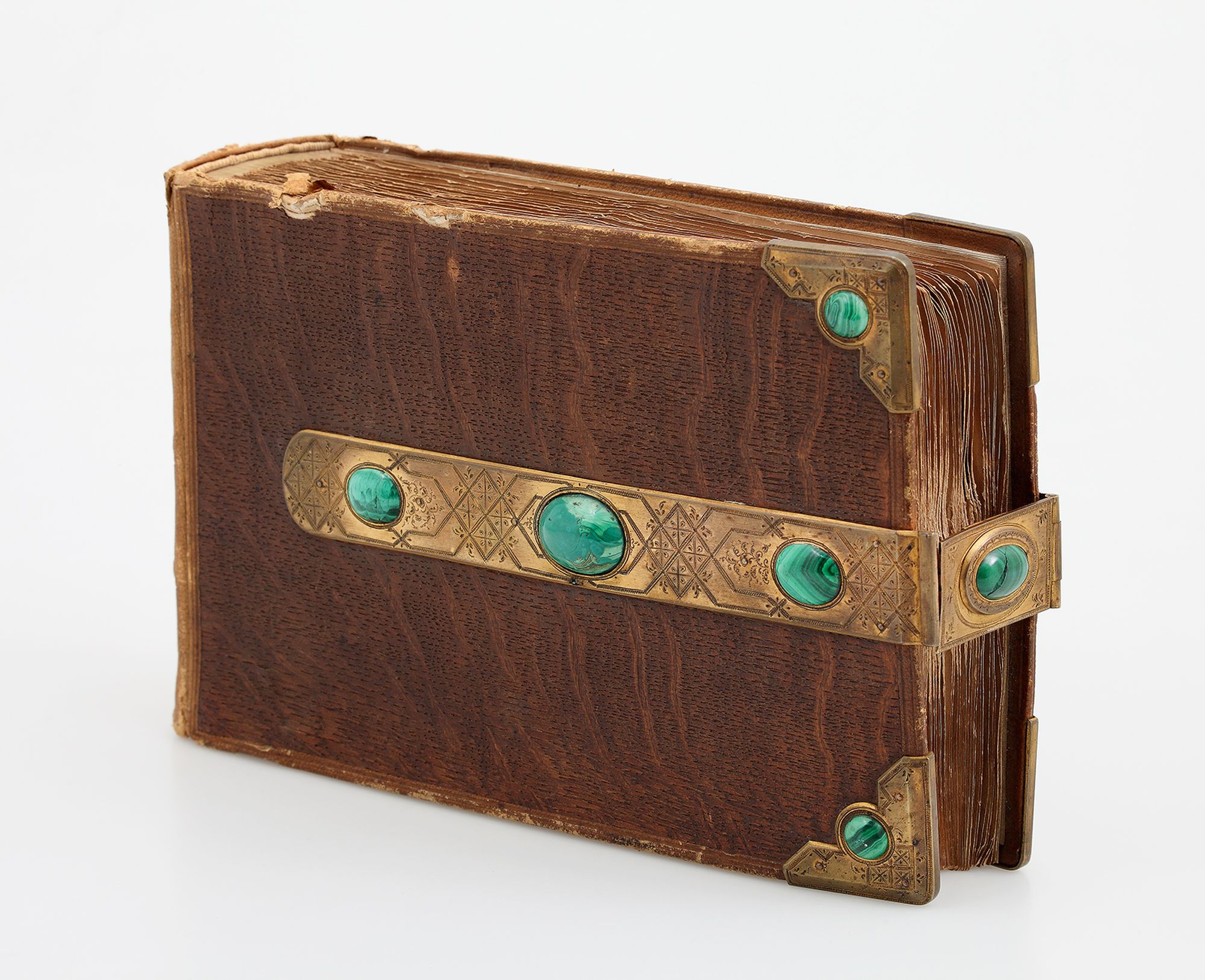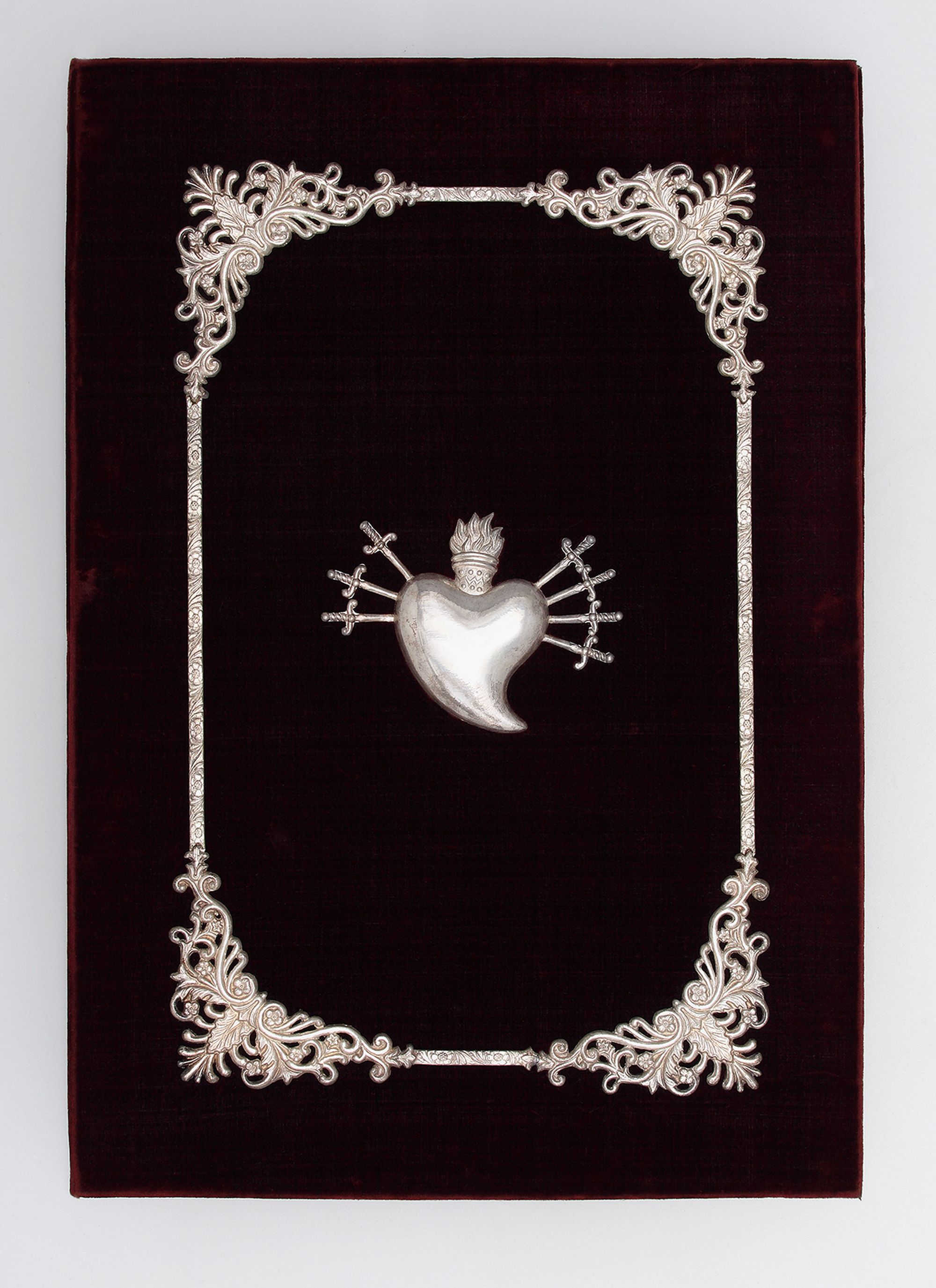
A collection of artefacts was presented to the public on 12 December 2017 at the end of its journey back from the United States to enrich the Hungarian National Museum with priceless items. Descendants of two Hungarian historical families living overseas decided to donate their legacy related to their Hungarian roots to our museum. The collection comprising of paintings, charters, photo albums and documents will certainly open up a new horizon for researchers.

dr. György Szapáry made a speech during the news conference representing the donor family
The donors, Gladys and Paul Szápáry are descendants of the Count Szápáry family on the father’s side and that of the Count Széchényi family on the mother’s side. They are the great-great-great-grandchildren of Count Ferenc Széchényi, the founder of our museum. They are also related to the famous Vanderbilt family located in the United States through their grandmother.The relocation of the legacy has been facilitated and supported by dr. György Szapáry, former Hungarian ambassador to Washington.

Wedding photo from 1931. Count László Széchényi (1879-1938) ambassador of Washington (1922-1933) as the bride's father. The bride is Alice Széchényi, the bridegroom is Count Béla Hadik
Count Antal Szapáry, father of Gladys and Paul, acting as a liaison officer of the Hungarian and International Red Cross during the World War II helped to tens of thousands of refugees from Poland to travel safely or stay temporarily in Hungary. He even spent five months in the concentration camp of Mauthausen, in Austria. He could only leave the place with some diplomatic help from the Swedish king.
His sister, Countess Erzsébet Szapáry also saved the lives of thousands of Jewish people during the war. She was given a posthumus Yad Vashem prize for her deed in 1998. Antal Szapáry migrated to the United States in 1948 and founded the Hungarian National Sports Federation, one of the most significant associations of the Hungarian diaspora, in 1949. The association supported Hungarian sportsmen and sportswomen from all over the world: assisted them in leaving Hungary, settling in their new countries and participating in races again. The Sports Federation also helped the olimpicons of the Melbourne Olympic Games not to return to Hungary in 1956.
The collection donated to the Hungarian National Museum mainly comprises of paintings from the 18-19th centuries, photo albums from the 19-20th centuries, charters from the 18-19th centuries, several crates full of documents from the 20th century and a collection of insignia. Most of the paintings date back to the 18th century showing the male members of the Muraszombat branch of the Szapáry family. One of them was the legendary Péter Szapáry, iconic figure fighting against the Turkish occupants in the 17th century, who later also fell into the power of Hamza Beg. Two of the paintings depict two children from 1758. All the paintings are of high historical value. The most outstanding picture – from an aesthetical point of view – is a large, beautiful one dating back to the second half of the 19th century representing Gézáné Szapáry née Mária Győry and her little son, László Szapáry.

Countess Mária Győry and her son, by Franz Schrotzberg,1869
The well-preserved photo albums of the collection showcase the portraits of the aristocracy of the 19th century. One of the albums belonged to Auguszta Keglevich whose private life’s issues caused many scandals with the conservative, Catholic public audience of her time. At the age of 38 she got divorced from Antal Szapáry and married Count Kázmér Batthyány, who became Foreign Secretary in 1849. Photo albums from the 20th century display the way aristocracy lived. Some photos represent László Széchényi, grandfather of the donator, first ambassador of Hungary to the United States in Washington and his family. One photograph taken during a summer holiday in Opatija, Croatia shows Elizabeth, Hungarian Queen, her younger sister, Matilda Ludovica, Bavarian Princess, her daughter, Maria Theresia, Hohenzollern Princess and her grandchild, Augusta Victoria, would-be Portuguese Queen. Another photograph portrays Count Irma Sztáray, lady companion of Sissi. She was also accompanying the queen when the fatal assassination in Geneve took place.

Photoalbum with portraits of Hungarian and Italian aristocrats from the 1870s
The collection has some charters of outstanding historical value: parchments with the original seals issued by Charles III, an ornate charter by Francis I from 1810, another one by Francis Joseph from 1873 and a charter issued to Count Mária Győry in its original velvet case with silver embossings from 1883.
A group of documents describing the Hungarian National Sports Federation is an important source of Hungarian sport history from the post-1945 era. There are folders with data about legendary sportsmen and sportswomen such as Ervin Zádori, water polo player, Mihály Iglói, István Rózsavölgyi, László Tábori, sprinters, Pál Benkő international chess grandmaster and Ágnes Keleti, gymnast. Our museum would like to express its gratitude to the donors and its intention to showcase the items in forms of exhibitions and publications as soon as possible after conserving and examining them.








